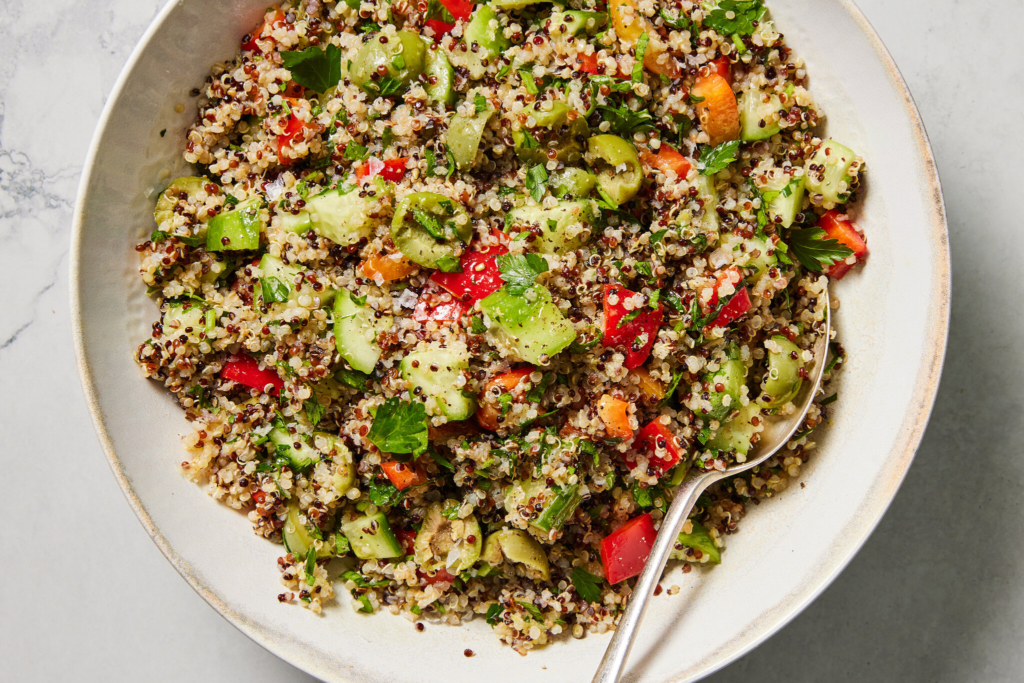The weightlifting diet: it’s not just about protein shakes and bland chicken breasts. It’s a carefully constructed approach to eating that fuels your body for intense workouts and supports optimal muscle growth and recovery. This ultimate guide to the weightlifting diet will debunk the myths, break down the science of proper nutrition, and equip you with the tools to create a personalized plan that keeps you lifting heavy and eating right. Let’s unlock your weightlifting potential, one delicious and nutritious meal at a time!
Understanding nutrition for weightlifting
Understanding weightlifting nutrition is about more than just following a plan. For beginners, a solid foundation is key. Earning certifications and studying nutritional evaluations equip you to create effective weightlifting diets. This knowledge translates into real-world experience as you practice evidence-based weightlifting nutrition with your clients. Remember, your scope of practice is important. For clients with special needs, like behavioral eating disorders, refer to specialists. Building a network with experts in supplementation, psychology, and sports nutrition further bolsters your weightlifting nutrition toolkit. Finally, don’t stop learning! Pursue specializations in women’s fitness, sports nutrition, or physique athlete nutrition (PBC) to refine your approach to weightlifting diets continually.
Why nutrition matters in weightlifting
Weightlifting isn’t just about pushing iron; it’s about feeding the engine that lifts it. Nutrition plays a vital role. Just like a race car needs the right fuel to perform at its peak, your body needs proper nutrients to maximize strength training. A well-crafted strength training or weightlifting diet provides the building blocks for muscle repair, fuels your workouts, and aids recovery. Skimp on the good stuff, and your body might enter a catabolic state, breaking down muscle instead of building it. This is the opposite of what we’re aiming for! By prioritizing a strong weightlifting diet, you’ll give your body the tools to perform optimally and see the desired results.
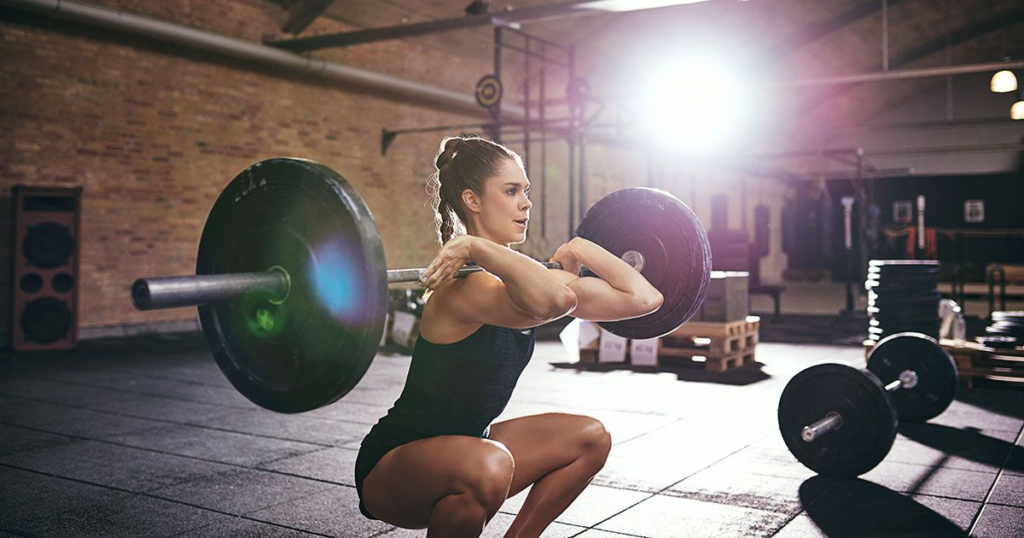
Nutritional requirements for weightlifters
Building muscle is all about creating the perfect environment for growth. Your diet and weight training become the key factor. First, establish your daily calorie needs and aim for a surplus. Our bodies typically function in either a muscle-building (anabolic) or muscle-wasting (catabolic) state. To tip the scales towards growth, we must consume more calories than we burn. But it’s not just about total calories. The timing and type of nutrients you consume are crucial to your diet during weight training. For overall body composition, focus on spreading whole-food meals throughout the day to avoid blood sugar and insulin spikes. However, pre- and post-workout windows become prime time to strategically deliver a surge of glucose, insulin, and essential amino acids. This combination acts like a switch, flipping your body into an anabolic state and funneling those nutrients straight to your muscles for repair and growth. Here’s a pro tip: Don’t get bogged down by hitting every gram perfectly. As a beginner, focus on the behavior of eating 3–6 meals daily. Once that habit is ingrained, you can fine-tune each meal to match your daily macro goals perfectly.
Protein needs
Fueling your body for muscle growth is like providing the perfect fertilizer for your garden. When lifting weights, protein acts as the key nutrient. Your muscles are built from chains of amino acids; you need a steady supply to keep them repairing and growing bigger. This is where a well-crafted weight-lifting diet comes in. By consuming enough protein from whole foods and strategic supplementation, you can tip the scales in favor of muscle growth, keeping your body in an anabolic state. This is the prime environment for building muscle, unlike a catabolic state where muscle breakdown occurs. While protein needs vary depending on activity level, a good starting point for a weightlifting diet is 1.0–1.5 grams of protein per pound of body weight. This helps counteract the body’s natural tendency to break down muscle during intense weightlifting sessions and keeps it in an anabolic state, primed for growth and repair. As your weightlifting journey progresses, you can fine-tune your protein intake to match your individual needs perfectly.

Carbohydrates energy
Carbs get a bad rap among weightlifting newbies, but they’re essential with some key considerations. Our bodies crave glucose for energy, and muscles store it as glycogen. The trick is to avoid constant blood sugar spikes throughout the day, as insulin (released by glucose) can promote fat storage. However, there is a strategic window where spiking glucose/insulin is beneficial: pre- and post-weightlifting. This combo, paired with a fast-digesting protein, acts like a signal to your muscles, opening them up to absorb nutrients from the bloodstream, perfect for repair and growth after a tough weightlifting session. Don’t forget about fiber-rich carbs, though! These complex carbohydrates offer many benefits, from regulating cholesterol to aiding digestion. Make complex carbs the base of most meals, and strategically use fast-digesting carbs around your weightlifting workouts (pre-, intra-, or post-) for optimal results. The carbs you need will vary depending on your training phase and goals, typically ranging from 30–50% of your overall diet.

Fats, vitamins and minerals
Fat isn’t the enemy of weightlifters! Despite concerns, healthy fats play a crucial role in many bodily functions. They aid digestion and nutrient absorption and even help slow down food breakdown, which can be beneficial for bulking. There are two key types: medium-chain triglycerides (MCTs) and omega-3s. The body metabolizes MCTs more efficiently, while omega-3s from fish oils offer heart health benefits and boost HDL (good) cholesterol. Avoid processed fats and solids at room temperature, like saturated fats and trans fats often found in fast food. For weightlifters, a healthy fat intake typically falls between 15 and 25% of their diet.
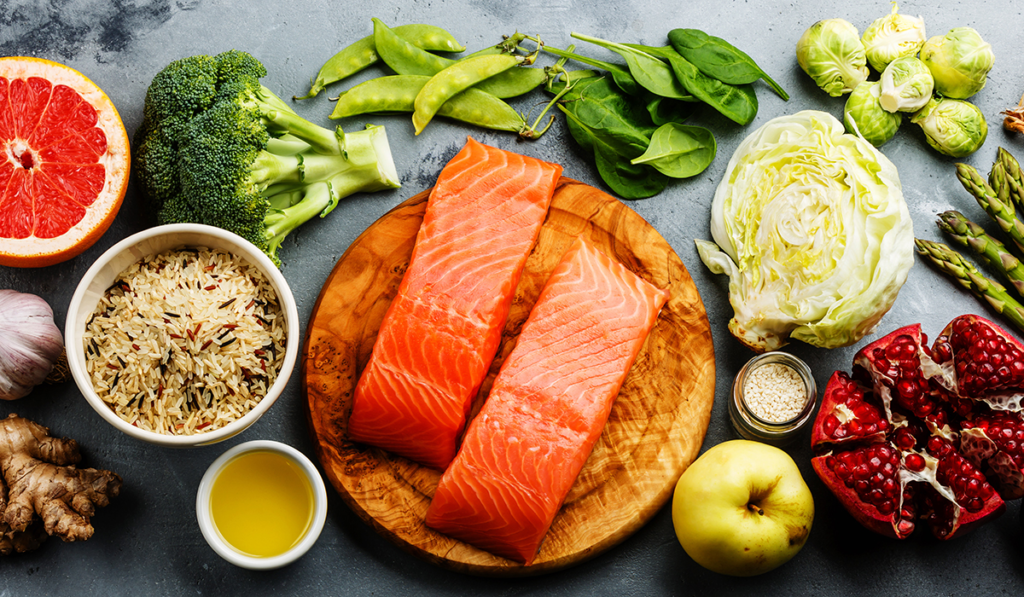
Foods to eat when weightlifting
When building your weightlifting diet, prioritize nutrient-dense meals that combine complex carbs, lean protein, and a moderate amount of healthy fats. Think whole grains, vegetables, lean meats, fish, nuts, and healthy oils. This balanced approach gives your body the sustained energy, muscle-building blocks, and essential fats needed to thrive during weight training.
1. Chicken
Chicken is a champion for weightlifters for a reason. It’s a lean protein powerhouse, packing a hefty dose of protein in each serving with minimal fat. This makes it ideal for building and repairing muscle tissue, which is crucial for weightlifting progress. Chicken breast is particularly popular for its high protein and low calorie count. But don’t stop there! Chicken thighs offer a bit more fat, which can be beneficial for bulking phases, and dark meat contains more iron, which is important for oxygen delivery to muscles during workouts. No matter the cut you choose, chicken is a versatile protein source that easily fits into various weightlifting diets.
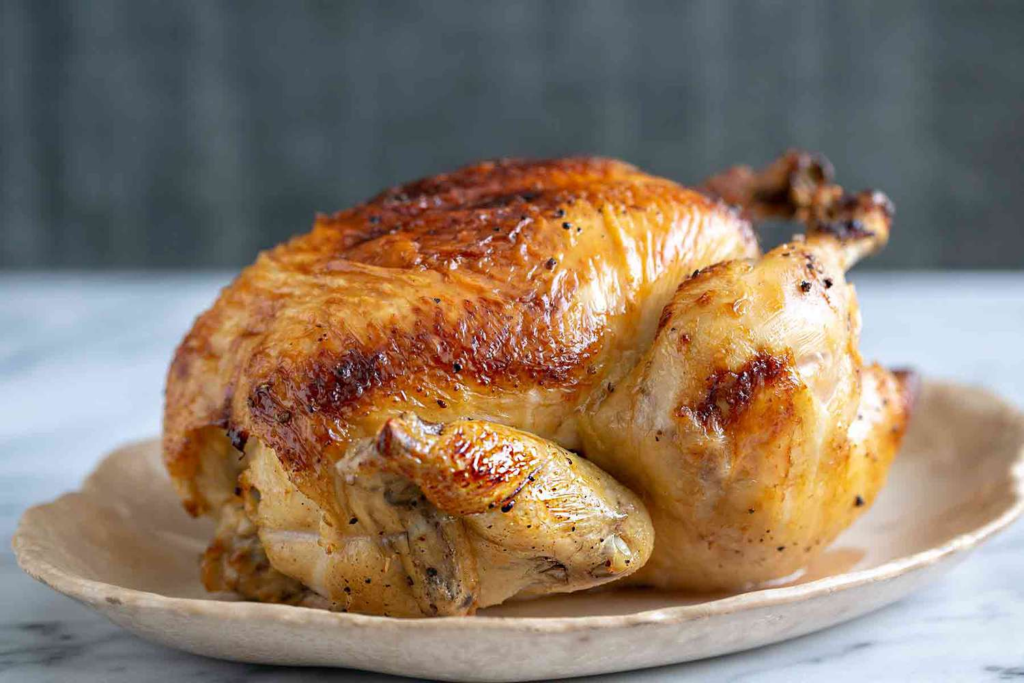
2. Shrimp
Don’t underestimate the little guy! Shrimp packs a surprising punch for weightlifters. This crustacean is practically pure protein, offering a significant amount of protein in each serving with few calories. Like other lean proteins, shrimp help with muscle growth and repair, which is essential for weightlifting success. An added benefit for weightlifters is the presence of creatine, a compound that can aid in muscle strength and performance. Plus, shrimp is a good source of Vitamin B12, which helps convert food into energy and optimizes your nervous system during intense workouts. So, consider adding shrimp to your weightlifting diet next time you’re looking for a protein boost.

3. Eggs
Crack open some results with eggs! They’re a weightlifter’s breakfast (or lunch, or dinner) best friend. Eggs are a nutritional powerhouse, offering a complete protein with all the essential amino acids your body needs to build and repair muscle tissue. This is critical for progress when lifting eggs. Beyond protein, eggs are loaded with vitamins, minerals, and healthy fats, all of which contribute to optimal health and performance. The best part? They’re incredibly versatile. Scramble them pre-workout for a quick protein boost, enjoy them hard-boiled for a post-workout snack, or whip up an omelet with veggies for a well-rounded meal. No matter how you prepare them, eggs can be a valuable addition to your weightlifting diet, helping you fuel your workouts, support muscle growth, and recover like a champ after every egg-lifting weight session.

4. Salmon
Salmon isn’t just a delicious choice; it’s a superstar for weightlifters. This fatty fish delivers a double whammy of benefits: high-quality protein and essential omega-3 fatty acids. The protein content in salmon helps with muscle building and repair, which is necessary for anyone hitting the weights. But omega-3s take things a step further. These healthy fats can reduce inflammation, a major roadblock after intense weightlifting sessions. They may also help with muscle soreness and speed up recovery, allowing you to get back to lifting weights feeling stronger and ready to conquer your next workout. So, next time you plan your meals, consider incorporating salmon; it’s a tasty way to fuel your weightlifting journey.

5. Brown rice
Brown rice is a solid choice for weightlifters seeking a long-lasting energy source. Unlike its white rice counterpart, brown rice is whole grain, meaning it retains the bran and germ layers. These parts are packed with fiber, vitamins, and minerals, making brown rice a more nutrient-dense option. For weightlifters, this translates to sustained energy during workouts. The complex carbohydrates in brown rice break down slowly, providing a steady stream of fuel to power you through those heavy lifts. Plus, the fiber content in brown rice helps you feel fuller for longer, which can help manage appetite and calorie intake. While brown rice might not be a complete protein source, it can be easily paired with lean protein sources like chicken or fish to create a balanced and muscle-building meal for weightlifters.
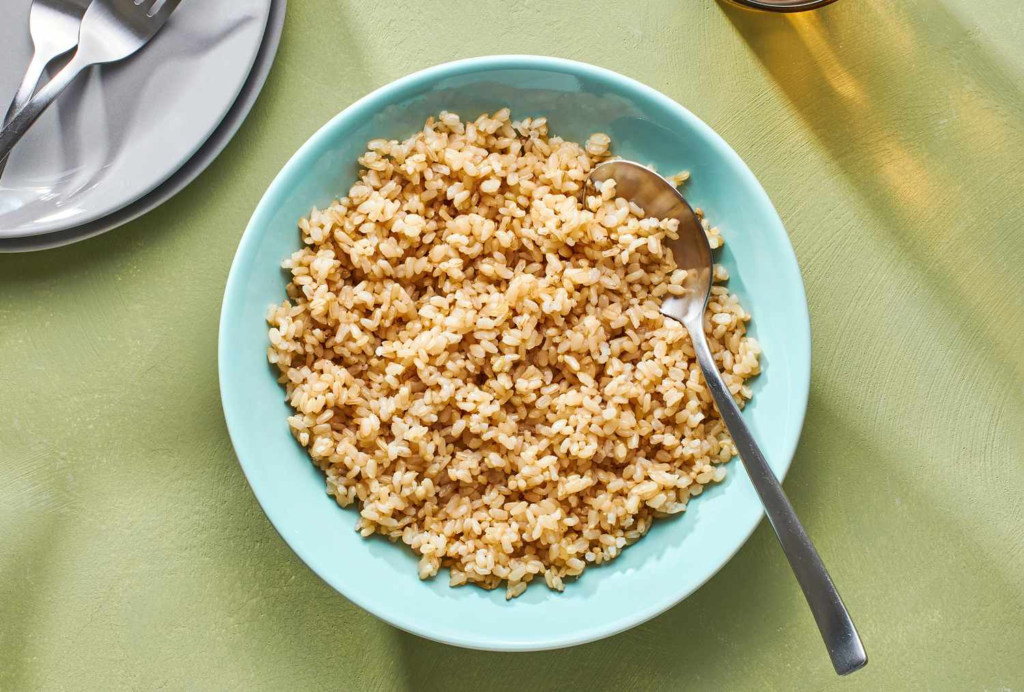
6. Quinoa
Quinoa isn’t just a trendy health food; it’s a weightlifter’s secret weapon. This tiny grain is a complete protein source, containing all nine essential amino acids your body needs to build and repair muscle tissue. This is critical for weightlifters, who constantly break down and rebuild muscle fibers during workouts. Quinoa boasts a well-balanced amino acid profile, unlike many other plant-based proteins, ensuring your body has everything it needs to maximize muscle growth. Quinoa is a complex carbohydrate, offering sustained energy to fuel your weightlifting sessions. It’s also packed with fiber, which keeps you fuller for longer and may help manage your appetite—a bonus for weightlifters watching their calorie intake. Whether you sprinkle it on salads, cook it into a pilaf, or use it as a base for bowls, quinoa is a versatile and nutritious addition to any weightlifting diet.
